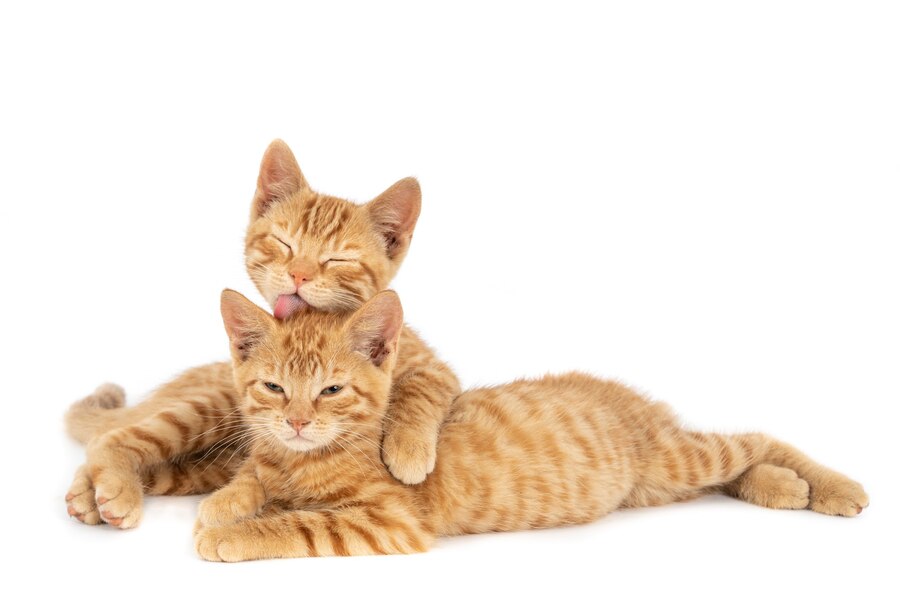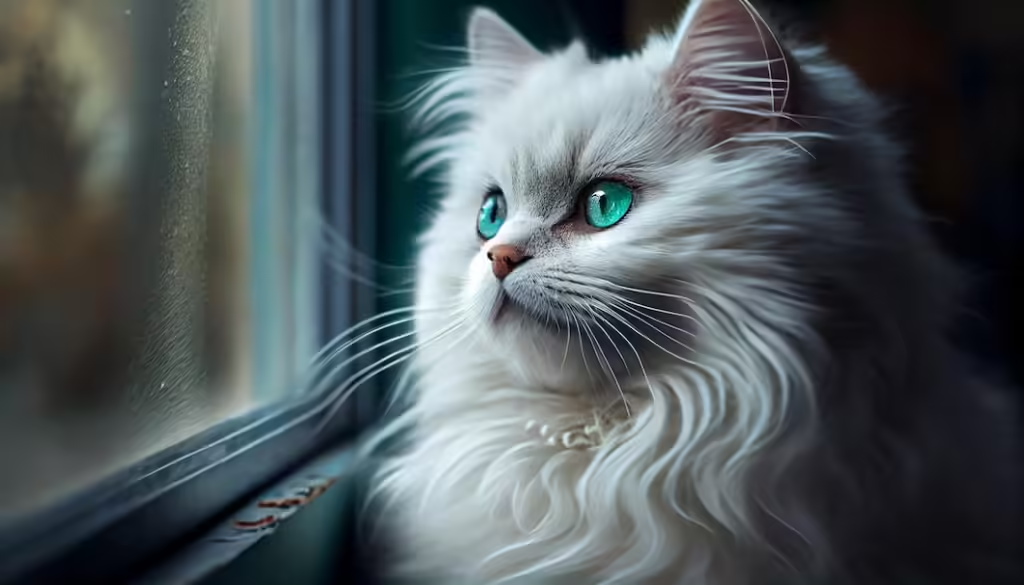Kička is a traditional element rooted deeply inside the subculture and records of numerous areas. This particular cultural artifact, often related to folkloric traditions, has performed a pivotal function in shaping the identity of groups. In this article, we delve into the wealthy legacy of kičk, exploring its historic origins, cultural importance, and the methods in which it maintains to resonate in modern times.
Historic Origins of Kička
The term “kička” refers to a ornamental accessory, historically worn as part of traditional apparel. Its origins can be traced again to ancient customs, wherein it changed into often crafted from herbal substances consisting of feathers, beads, and fabric. The kičk turned into now not only a mere ornament but a symbol of popularity, wealth, and cultural identification.
Cultural Evolution and local versions

Over the centuries, the kička has developed, adapting to the changing tastes and cultural impacts of various areas. In some regions, it became an critical part of ceremonial apparel, specially at some point of weddings and different enormous life events. The variations in design, materials, and usage throughout different areas underscore the kičk versatility and enduring enchantment.
Kička as a symbol of identification
The kička is more than only a decorative item; it’s miles a effective symbol of cultural identity. in lots of communities, carrying a kičk is a way to honor one’s historical past and connect to the traditions of ancestors. It regularly features in folk dances, fairs, and different cultural events, serving as a visual illustration of a network’s specific history and values.
role in traditional attire
In traditional attire, the kičk is usually worn on the pinnacle, complementing different elements of people costumes. The fashion and design of the kičk can vary drastically depending at the occasion and the wearer’s position within the community. as an example, brides frequently wear elaborately designed kičk, decorated with symbolic motifs that constitute fertility, prosperity, and happiness.
Craftsmanship and creative Expression
The advent of a kič requires professional craftsmanship. Artisans meticulously handcraft each piece, frequently incorporating domestically sourced materials which are symbolic of the place. The method involves tricky strategies handed down via generations, making sure that every kič isn’t always only beautiful however additionally steeped in cultural importance.
materials and techniques
traditional kička are made the use of a diffusion of materials, inclusive of feathers, beads, silk, and herbal fibers. the choice of materials frequently reflects the geographical and ecological characteristics of the location. The strategies used in crafting kičk consist of weaving, embroidery, and beadwork, each contributing to the difficult styles and designs that make those portions specific.
cutting-edge-Day Relevance of Kička
In modern-day times, the kičk continues to be a considerable cultural artifact. at the same time as its use in ordinary existence may also have diminished, it stays an crucial a part of cultural maintenance efforts. Many communities actively promote the carrying of kičk at some point of cultural festivals and ceremonies, ensuring that this wealthy way of life is handed on to destiny generations.
Kička in style and art

The impact of kička extends beyond traditional settings. In current years, designers and artists have drawn thought from kičk, incorporating its different styles and motifs into modern fashion and artwork. This has led to a resurgence of hobby in kičk, with many humans embracing it as a symbol of cultural pride and artistic expression.
Conclusion
The kička is a timeless cultural artifact that embodies the records, traditions, and values of the groups that cherish it. From its origins as a image of popularity and identification to its endured relevance in current cultural practices, the kiča remains a powerful illustration of cultural heritage. As we appearance to the future, it is crucial to retain celebrating and keeping the kičk, ensuring that its legacy endures for generations to come.
Regularly Asked Questions (FAQs) about Kička
what’s the beginning of kička?
Kička originated as a traditional decorative accent, traditionally crafted from natural substances and worn as a part of conventional apparel. Its roots may be traced back to ancient customs across various regions.
How is kička utilized in traditional apparel?
Kička is typically worn on the head as part of conventional people costumes. it is regularly visible in ceremonies along with weddings, wherein it serves as a symbol of cultural identification and history.
What materials are used to make kička?
conventional kičk are crafted from a variety of substances, along with feathers, beads, silk, and natural fibers. the choice of substances reflects the regional traits and cultural importance of the kičk.
Is kička still relevant these days?
sure, kiča remains relevant in modern times, specifically in cultural preservation efforts and as a source of suggestion in style and art. It continues to be an essential image of cultural background.
How is kiča linked to cultural identity?
Kiča is a powerful symbol of cultural identification, representing the records, traditions, and values of the groups that cherish it. wearing a kika is a manner to honor one’s history and connect to the past.

